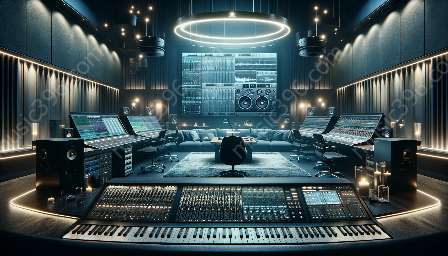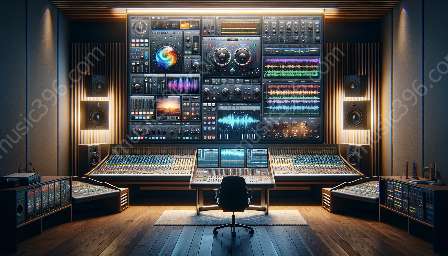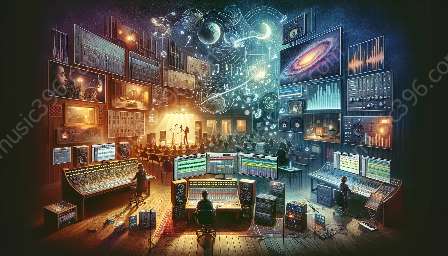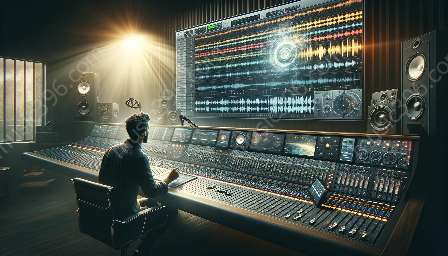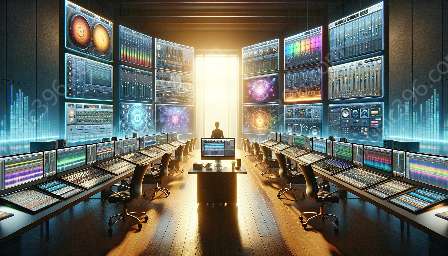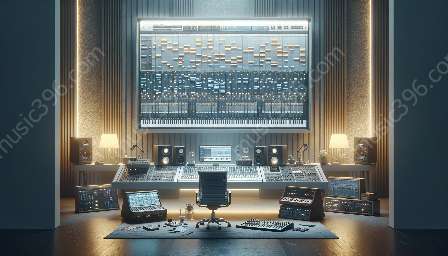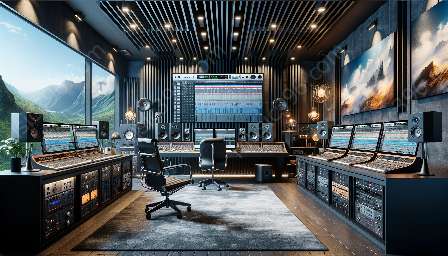Automation in digital audio workstations (DAW) is an innovative technological tool that has transformed the way music production and audio engineering are carried out. It allows for precise control and manipulation of various parameters in a DAW, offering musicians, producers, and sound engineers the ability to achieve a high level of refinement and creativity in their work.
Understanding Audio Tracks in DAW
Before delving into the use of automation to control parameters in a DAW, it's essential to have a good grasp of audio tracks and how they function within a DAW environment. Audio tracks in a DAW are essentially digital representations of recorded sound, whether from live performances, instruments, or vocals. These tracks are the building blocks for music and sound production and serve as the canvas on which various editing, mixing, and mastering processes take place.
Digital Audio Workstations (DAW)
Digital Audio Workstations, commonly known as DAWs, are software applications that provide a platform for recording, editing, mixing, and producing digital audio. They are essential tools for modern music and audio production, offering a wide range of features and capabilities to musicians and audio engineers.
How Automation is Used to Control Parameters in a DAW
Automation brings a new level of control and precision to the manipulation of audio and other parameters in a DAW. By defining specific changes in settings over time, automation allows for the automatic adjustment of parameters such as volume, panning, EQ settings, plug-in parameters, and more.
Here are some key ways in which automation is used to control parameters in a DAW:
- Volume and Dynamics: Automation enables the precise adjustment of volume levels over time, allowing for dynamic changes and enhancing the expressiveness of audio tracks.
- Panning and Spatial Effects: Control over the positioning of audio within the stereo field can be achieved through automation, creating immersive and interactive listening experiences.
- Plug-In Parameters: Automation can be used to modulate the parameters of various audio effects and virtual instruments, adding movement and character to the sound.
- EQ and Filtering: Fine-tuning the frequency content of audio tracks is made possible through automation, facilitating tonal shaping and balance.
- Tempo and Time-Based Effects: Automation can control tempo changes and other time-based effects, allowing for rhythmic variation and synchronization within the music.
Real-World Applications of Automation in DAWs
The applications of automation in DAWs are diverse and impactful, spanning across various aspects of music production and audio engineering. It offers numerous benefits, including:
- Enhanced Creativity: Automation opens up new creative possibilities, enabling intricate and dynamic changes in audio content that would be challenging to achieve manually.
- Time Efficiency: By automating repetitive tasks and adjustments, the production process becomes more efficient, allowing creators to focus on the artistic aspects of their work.
- Precision and Consistency: Automation ensures precise control over parameters and facilitates consistency in the execution of complex audio modifications.
- Dynamic Expression: The use of automation allows for expressive and nuanced performances, enhancing the emotional impact of the music.
- Experimentation and Exploration: With automation, artists and audio engineers can experiment with unconventional changes and effects, leading to innovative and unique sounds.
- Streamlined Mixing and Mastering: Automation simplifies the process of mixing and mastering, enabling seamless transitions and adjustments across the entire audio project.
Conclusion
Automation is a powerful tool within a DAW, offering a wide range of creative possibilities and practical benefits. By understanding audio tracks in a DAW and the capabilities of digital audio workstations, individuals can fully leverage the potential of automation to control parameters, ultimately enhancing the quality and impact of their music and audio productions.

